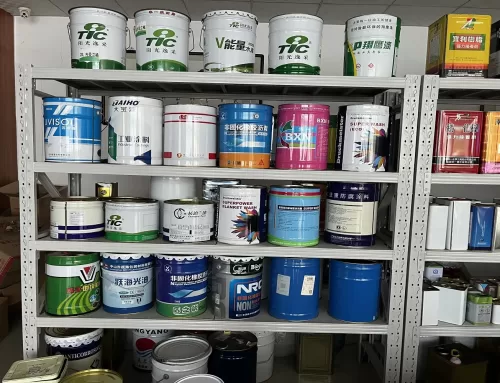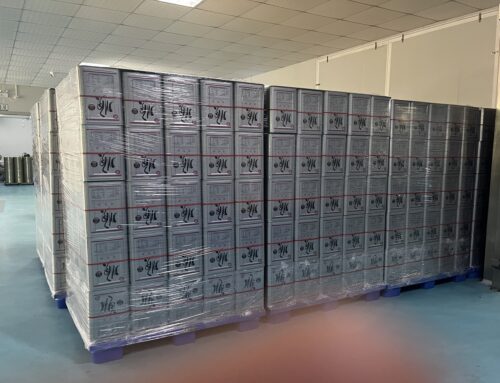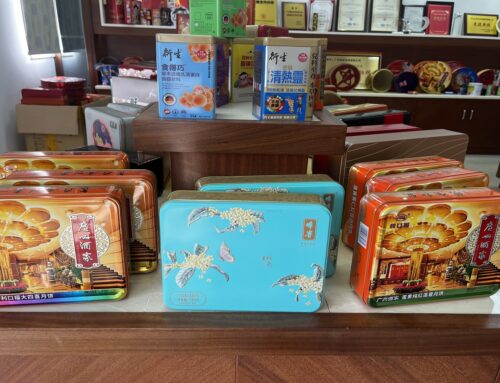Aluminum bottles can be described as a combination of glass/PET bottles and cans, such as: novel appearance, portable, light weight, not easy to break, suitable for long-distance transportation, re-opening (screw mouth + ROPP cap), good canning quality, recyclable … Since it was applied to the beer and beverage industries 20 years ago, this innovative high-end packaging has never fallen, and it has also allowed different aluminum bottle forming technologies to gradually spread from the country of origin to all parts of the world.
Driven by the trend of high-end beer, the Budweiser MCC factory in the United States built four DWI (thinning and stretching) aluminum bottle production lines with American technology and 28mm diameter crown mouth in 2012. Compared with the 38mm diameter DWI aluminum bottle derived from Japanese technology, this design is more in line with the shape characteristics of traditional beer glass bottles
IE aluminum bottle
Origin of technology In 1989, CCLContainer Company of the United States took the lead in developing stamped aluminum bottles and cans, and realized industrial production the following year. At that time, it was mostly used as aerosol cans; in 2002, its stamped aluminum bottles and cans sealed with crown caps began to be used in beverages. In 2001, Exal in the United States also began to produce stamped aluminum bottles and cans and sold them in the American market.
The production process is based on an automatic production line of IE (cold extrusion) aluminum bottles introduced by Wenzhou Bode Technology Co., Ltd. from Europe in 2013 with a production speed of 180,000 bottles/day and German technology. The production process is: raw materials ( Aluminum original sheet) → aluminum sheet cold extrusion → semi-finished product cleaning → drying → inner coating and drying → color printing and coloring → semi-finished product necking → subsequent cleaning and drying → finished product testing → finished product packaging.
The raw materials are made of 1-series aluminum sheets (99% pure aluminum). Since the IE aluminum bottle production process does not require a cup maker, there will be no leftovers. Aluminum raw sheet suppliers punch aluminum into raw aluminum sheets, which are then delivered to users.
Product Specifications The weight of the above IE aluminum bottle is 45g, the diameter of the bottle body is 59mm, the capacity is 355~473ml, and the crown mouth or screw mouth with a diameter of 28mm is adopted.
Advantages and disadvantages of IE aluminum bottle production line The advantage is that the production line can be switched flexibly, which can effectively meet the needs of some small and medium-sized customers. The disadvantage is that the production capacity is limited, it cannot meet the short-term peak season demand, and a large amount of inventory needs to be established.
DWI Lightweight Aluminum Bottle
Origin of technology DWI aluminum bottle was successfully developed in 1997 by two Japanese companies, Yamato Can Manufacturing and Takeuchi Stamping Industry, and industrialized production was realized around 2000.
The production process takes the above-mentioned two-piece DWI lightweight aluminum bottle automatic assembly line that our company put into production two years ago as an example. Up to 1.8 million bottles per day, the production process includes: raw material (aluminum coil) → aluminum coil punching → semi-finished product stretching → semi-finished product washing and drying → semi-finished product printing and coloring → semi-finished product inner coating and drying → semi-finished product necking → finished product Inspection → finished product packaging.
The raw material is 3 series traditional two-piece can aluminum material (alloy aluminum material), and the thickness is about twice that of the traditional two-piece can aluminum material. The material processing requirements are stricter than the traditional two-piece can. If the aluminum material contains excess impurities, Will affect the molding of aluminum bottles.
Product Specifications The finished product weight of the above DWI lightweight aluminum bottle is 32g, the diameter of the bottle body is 59mm, the capacity is 355~473ml, and the crown mouth or screw mouth with a diameter of 28mm is adopted.
Advantages and disadvantages of DWI aluminum bottle production line The cost of aluminum material accounts for about 90% of the entire aluminum bottle production cost. Since the weight of a single DWI aluminum bottle is 13g lighter than that of IE aluminum bottle, the production efficiency is 10 times that of IE aluminum bottle. Therefore, DWI aluminum bottle More production cost and efficiency advantages.
The disadvantage of DWI aluminum bottle production line is that it consumes a lot of energy when starting up, the investment amount is high, and the depreciation cost is extremely high. It needs customers to have enough orders to meet the production and investment conditions.
High-end packaging and beer achieve each other
Product positioning and packaging selection As shown in Figure 5, different beer product positioning affects the packaging selection of the product.
High-end beer is generally priced at more than 10 yuan per bottle (can), accounting for about 10% of the market. Representative brands include Budweiser, Corona, Carlsberg, Snowflake Facebook, Tsingtao Beer August, Chunsheng, etc. Most are packaged in glass bottles, and a few are packaged in aluminum bottles.
The terminal price of mid-to-high-end beer is 6~10 yuan/bottle (can), accounting for about 20% of the market. Representative brands include Xuehua Brave the World, Harbin Bingchun, Tsingtao Beer Classic, Lebao, etc. Most of the packaging is glass bottles, a few use cans, and a few use aluminum bottles as packaging.
Mid-range beer is currently the mainstream of the beer market, accounting for about 60%. The terminal price is 3~5 yuan/bottle (can), and beer products such as Snowflake Original Juice, Harbin Ice, Tsingtao Dayou, and Heavy Beer Guobin are all in this price band. The packaging is mostly cans, and a few are glass bottles.
The terminal price of low-end beer is generally below 3 yuan, mainly regional low-end brands. With the accelerated pace of consumption upgrading in recent years, most low-end beer has been replaced, currently accounting for about 10%, and basically all of them are packaged in cans.
Aluminum bottle + high-end beer: a perfect match From the above analysis, it can be seen that high-end beer seems to be a potential application market for aluminum bottles, and aluminum bottles, as a form of beer packaging that combines the advantages of glass bottles and cans, can also become high-end brands. There are three.
First of all, the current high-end beer with glass bottles as the main packaging form is relatively insensitive to packaging costs due to its higher added value, and brands are more willing to invest high costs in packaging. The image of a high-end product.
Secondly, with the tightening of national environmental protection policies, the costs and requirements for the treatment of chemicals used in glass bottle recycling and subsequent pollutants continue to rise, coupled with safety (such as bursting bottles to hurt people), transportation convenience (fragile) and many other hindrances As an important alternative packaging option, aluminum bottles are expected to gain more share in the high-end beer market, with amazing development potential.
Third, the high-end image of “aluminum bottle + beer” is increasingly recognized by consumers. This can be seen from the fact that brewers such as Budweiser Foshan, Budweiser Putian, Budweiser Wuhan, Qingdao No. 1 Factory, Qingdao No. 2 Factory, Snowflake, Blue Ribbon, Carlsberg and other breweries have successively invested in building aluminum bottle filling lines in China. In addition, from the perspective of consumption, aluminum bottled beer is a high-end product, whether it is in high-end consumer places such as nightclubs and hotels, or in general banquet occasions.
Application prospect of aluminum bottle
With reference to the application of aluminum bottles in developed regions such as Europe and the United States, Japan, and South Korea, as well as countries with similar oriental cultural backgrounds, its per capita utilization rate in China still has a lot of room for improvement. In the next three years, the beer industry should still be the main battlefield for aluminum bottle applications, and emerging markets such as beverages, liquor, and red wine are also worth looking forward to.




